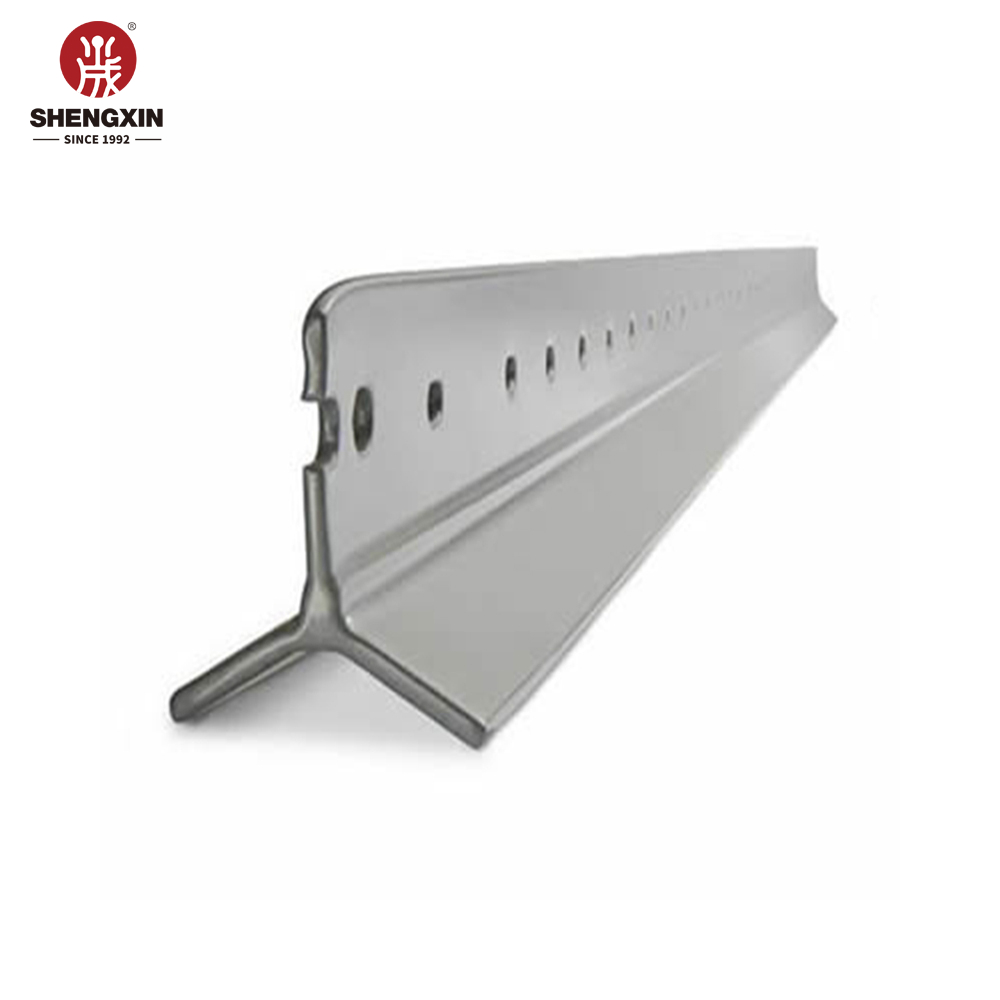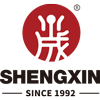
Oct . 16, 2025 21:30 Back to list
Australia Standard 2.04kg/m Hot-dipped Galvanized Steel Star picket Y post?
Australia-ready star pickets that don’t quit
If you’ve worked rural fencing in Australia, you already know the Y-profile post is the quiet hero. The Australia Standard 2.04kg/m Hot-dipped Galvanized Steel Star picket Y post has been turning heads lately, not just for durability but for how cleanly it installs and comes back out years later. It’s a greener swap for timber or concrete – many customers say they’re surprised how “set-and-forget” it feels.

What’s trending on-site
Three shifts are obvious: hot-dip galvanizing replacing bitumen finishes; recyclability and buy-back programs; and denser zinc coatings for coastal belts. In fact, project managers tell me they’re speccing higher coating mass upfront because maintenance windows are getting tighter. And yes, theft resistance matters—the star profile with studs makes it harder to “walk” the wire off.
Technical snapshot
Australia Standard 2.04kg/m Hot-dipped Galvanized Steel Star picket Y post is rolled steel with a Y/“star” profile, studded for wire retention, hot-dipped after fabrication for all-around protection.
| Unit mass | 2.04 kg/m ≈ ±3% (real-world use may vary) |
| Lengths | 1.35 m, 1.5 m, 1.8 m, 2.4 m; custom on request |
| Steel grade | ≈ Q235/S235 (yield ≈ 235 MPa), tensile ≈ 350–450 MPa |
| Coating | Hot-dip galvanized to AS/NZS 4680; typical thickness ≈ 70–85 μm |
| Studs/holes | Studded faces for plain/barbed wire; common spacing ≈ 50 mm |
| Finish | Silver HDG; end caps, post drivers, clips optional |

How it’s made (and tested)
Materials: low-carbon steel strip from certified mills. Methods: cold rolling into Y-section, stud punching, straightening, deburring, then hot-dip galvanizing after fabrication (full immersion, quench, passivation).
Testing: coating thickness gauge per AS/NZS 4680; salt spray benchmark ISO 9227 (sample lots: 480 h, no red rust on flat surfaces); bend/impact checks on studs; straightness ≤ 1.5 mm per meter typical. Service life: inland rural ≈ 25–30 years; coastal C4–C5 environments ≈ 12–20 years with proper maintenance [real world varies]. Certifications: ISO 9001 quality management; third-party inspection on request.
Where it works best
- Grazing and boundary fencing (plain, barbed, hinge joint).
- Vineyards, orchards, trellis lines (the studs grip wires nicely).
- Civil and council assets, road verges, rail corridors.
- Mining camps and temporary barriers—quick drive-in, quick pull-out.
- Solar and utility perimeters; erosion-control mesh lining.
Why choose this Y post
- Strong-to-weight ratio keeps transport costs sensible.
- Environmental upside: recyclable steel; can be recovered years later.
- Theft-resistant profile; studs prevent wire slippage.
- Low cost of ownership: fewer replacements, fewer headaches.
Vendor comparison (quick look)
| Criteria | Specialized maker (Anping, Hebei) | Generic supplier |
|---|---|---|
| Zinc coating | AS/NZS 4680, typical 70–85 μm, batch traceable | Varies; traceability not always provided |
| Straightness/Stud integrity | Tight control; stud pull test documented | May be visual-only inspection |
| Lead time/MOQ | Balanced: project lots and stock runs | Often larger MOQs or longer gaps |
Customization and origin
From North of Houzhuang Village, Anping County, Hengshui, Hebei, China. Options include logo stamping, bundle counts (10/50/100), driver caps, anti-glare coating, and galvanized mass tuned for coastal specs.
Field notes and mini case studies
- NSW cattle station: swapped aging timber for Australia Standard 2.04kg/m Hot-dipped Galvanized Steel Star picket Y post; install time dropped ≈ 18%, fewer breakages during floods.
- SA solar perimeter: 1.8 m length, heavier zinc; 12-month check found no blistering, wire tension stable (contractor feedback).

To be honest, the appeal is simple: drive it in, tension your lines, move on. And when projects wrap, you can lift them out and reuse—hard to argue with that kind of economics.
Indicative test data
Coating: avg. 78 μm (magnetic gauge, n=30); ISO 9227: 480 h NSS, no red rust on faces; stud pull: >1.0 kN before slippage; straightness: 1.2 mm/m. Samples only—batch results vary, reports available on request.
References
-
3D Welded Wire Mesh Metal Fence Panels with Peach Post Rigid
NewsNov.17,2025
-
odm 7' security fence: Anti-Climb, Galvanized, 3D Panels
NewsNov.17,2025
-
4.7cm Hard PVC Privacy Strip+100 Clips, Chain-Link Fence, UV
NewsNov.17,2025
-
Powder-Coated Square Fence Posts – Decorative, Removable
NewsNov.17,2025
-
Chain Link Fence Temporary Fence - Durable, Secure, Fast
NewsNov.17,2025
-
Bike Storage Rack 1-6 Bicycle Floor Parking Stand, Durable
NewsNov.11,2025
